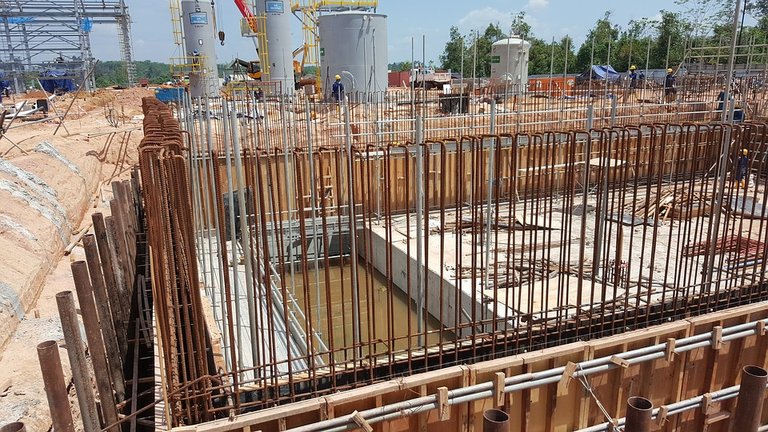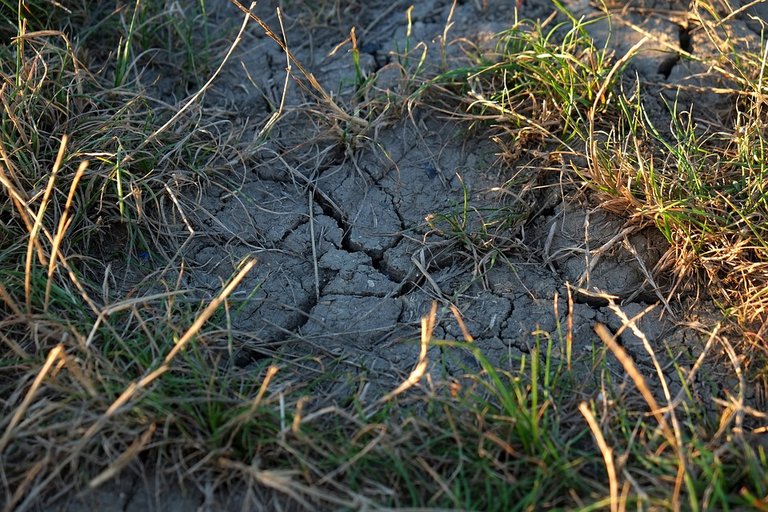Improving the mechanical properties of a soil is among the key goals of foundation engineering. Technology, material and equipment developed for this specific industry resulted in the expansion of the scope of application of such techniques; in fact they are often the designers’ choice over traditional foundation techniques.

The evolution of electronics and the higher stability for hostile environments such as building sites allowed to develop consolidation process monitoring and control systems throughout every phase of the works, thus ensuring high quality finished products.
Without being overly specific, the purpose of this article is to summarize all the methods developed to date and the ways to use them, focusing on those that are currently considered as the most convenient both in economic and technical terms.
This section provides a list of different soil types and the related properties as soil is the element subject to consolidation.

The structure of a soil is the result of an interaction among different particles and between them and the surrounding environment.
Every single particle is subject to mass forces causing mechanical interaction and surface forces producing chemical interaction depending on the minerals, the particle is made of and the surface area.
Consider the ground elements as a multi-phase system with a backbone of solid particles and gaps filled with gas and liquids.
For the purpose of engineering activities, it is necessary to make a distinction between fine-grain soils (particle size below 200 mm) and medium to coarse-grained soils with particle size exceeding 200 mm, such a distinction is related to diameters of the particles that form the soil aggregate. In the former, the structure reduces water flow, while in the later, water flows away quite rapidly.
From a geotechnical standpoint, soil types may be distinguished into cohesive or coherent soils with particle size below 0.06 rnm and non-cohesive or non-coherent soils with particles visible to the naked eye and having size greater than 0.06mm.
The most relevant parameters:
For the purposes of soil consolidation, the most relevant parameters available in both cohesive and non-cohesive soils are: density (weight per unit volume); water content; void ratio; porosity; permeability.
Parameters for non-coherent soils:
In addition to those described above, the parameters that characterize non-coherent soils from a geotechnical point of view are friction angle and relative density.
The friction angle is the resistance of soil grains to slide over each other and it varies with the size and shape of the said particles. It is determined by fast, undrained laboratory tests or in-situ Standard Penetration Tests (SPT).
The relative density expresses the state of compactness of a cohesion less soil with respect to the loosest or densest states, and depends on the geometrical arrangement of the soil grains and the degree of uniformity; it is determined by in-situ tests such as SPT or dynamic penetrometer tests.
Parameters for cohesive soils:
Besides those described above, the parameters that have geotechnical relevance for cohesive soils are Atterberg limits and cohesion.
Atterberg limits represent the water content of a soil and allow to define its physical state. Depending on the actual water content, a soil may appear in four states: liquid, plastic, semi-solid and solid:
the water content at which a soil changes from plastic to liquid behavior is referred to as liquid limit, and represents the maximum amount of water the material is capable of absorbing without losing its structure, i.e. without dissolving.
the water content at which a soil changes from plastic to semi-solid consistency is referred to as plastic limit, and represents the minimum water amount the material can absorb to take a pliable form, that is, when the material begins to lose its plastic behavior.
the water content at which a soil changes from semi-solid to solid consistency is referred to as shrinkage limit, and represents the water content where further loss of moisture will not result in any more volume reduction.

Every material has a given cohesion to which the so-called apparent cohesion, that is the cohesion that results from surface tension due to moisture, may add; these pressure values do not represent a permanent condition but vary considerably with water content, so much that they disperse after drying or immersion in water. Cohesion is determined by the means of fast drained and undrained laboratory tests.
Properties of consolidated soils:
The physical and mechanical properties of consolidated soils mainly depend on the nature and composition of the soil itself; this is quite easy to grasp, in that it is the product of insitu mixing of water, concrete and soil. Unconfined compressive strengths on the order of 10 - 15 MPa may be obtained with coarse alluvial materials, while in presence of cohesive lithotypes, strength decreases remarkably.

Reference:
You received a 60.0% upvote since you are a member of geopolis and wrote in the category of "geology".
To read more about us and what we do, click here.
https://steemit.com/geopolis/@geopolis/geopolis-the-community-for-global-sciences-update-4
Really educating post
Peace, Abundance, and Liberty Network (PALnet) Discord Channel. It's a completely public and open space to all members of the Steemit community who voluntarily choose to be there.Congratulations! This post has been upvoted from the communal account, @minnowsupport, by munawar1235 from the Minnow Support Project. It's a witness project run by aggroed, ausbitbank, teamsteem, theprophet0, someguy123, neoxian, followbtcnews, and netuoso. The goal is to help Steemit grow by supporting Minnows. Please find us at the
If you would like to delegate to the Minnow Support Project you can do so by clicking on the following links: 50SP, 100SP, 250SP, 500SP, 1000SP, 5000SP.
Be sure to leave at least 50SP undelegated on your account.
Being A SteemStem Member